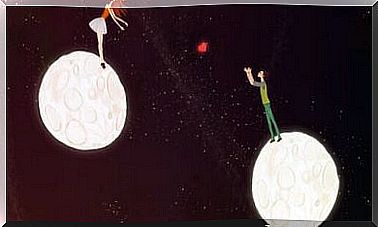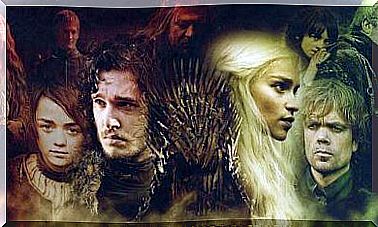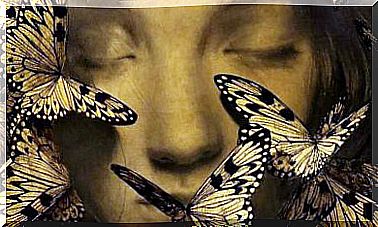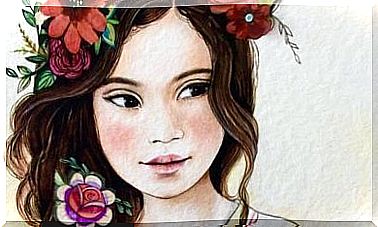Children Do Not Differ, Only The Parents
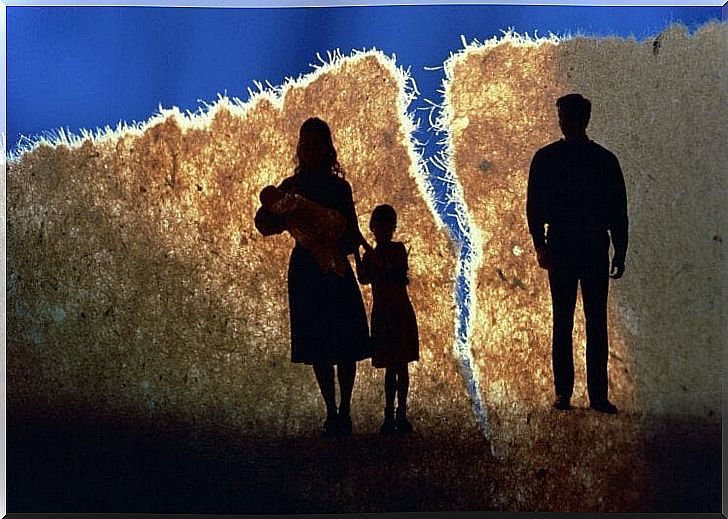
In 2016, there were over 800,000 divorces in the United States. Divorce means that a legal framework regulates the relationship in such a way that all family members are protected. However, it can be one of the most difficult moments in the family ever. Sometimes the decision is made by both parties, although it is common for one of them to take the first step. But children do not differ. Only the parents do that.
A family makes you feel protected and loved, and during a divorce, these feelings can be transformed into fear, pain and anger. Divorce means that problems from the past can come to the surface again. When crises arise, our personal history will be taken up again as well as our ability to handle what is happening in the current situation.
Some people put hatred and bitterness aside, while others forget all the good they have been through. Some cannot cope with what has happened and hope for a reunion that never happens. Others try to forget everything by finding a new partner, or two, or three… As we can see, there is a wide range of reactions.
A marriage can be withdrawn, but parenthood lasts for a lifetime. When the parents go through a divorce, they decide to end the relationship. However, they cannot do the same with their role as parents. Children should never be in an environment dominated by violence and bitterness. Children must never become instruments for hurting others. Nor should they act as messengers of hope for a possible reunion.
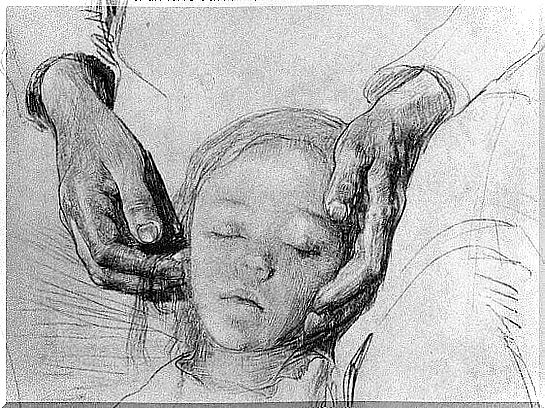
Divorce should not be an obstacle to the role of mother or father. Nor should it be a process that damages the trust and security that the child needs. Children do not differ. The children do not just belong to one of the parents, and they should therefore not be used as instruments for revenge, hatred or disputes.
Children are dependent on their parents and even when they are not their possessions, they need to maintain a relationship with both of them in order to grow up in a healthy way. Unfortunately, it is common for one of the parents to say they care about and love the child more. When the person does this, it is insinuated that the other parent is not needed. This is a very serious mistake, and it can have a negative impact on the child.
Children do not differ and need to have contact with both parents in order to develop emotionally. It is a child and a parent’s right to be together.
After a difficult divorce, it is common for the parents to interfere in each other’s relationships. Sometimes it can be so serious that one or both parents are jealous and may even abandon the child. Many different types of situations can arise. It may be that the mother or father, or both, abandon the child. One or both of the parents may also involve the child in the conflicts that arise due to the divorce.
Many consequences can arise from the conflicts that arise between the parents. How bad it is depends on how these conflicts are handled. The emotional cost can also be high, depending on how you solve them and how long they last. When a couple does not resolve conflicts in an appropriate way, it can make everyone in the family bitter and aggressive. In most cases, it also gives rise to greater emotional discomfort and emotional distancing among family members.
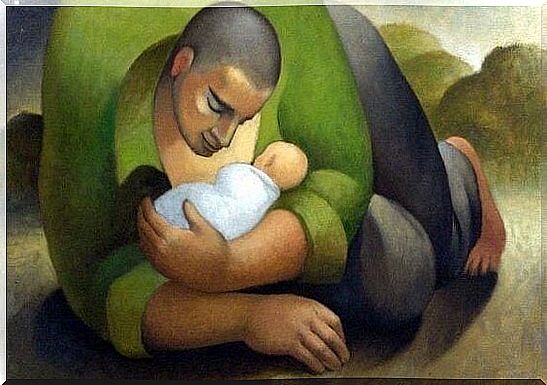
A divorce means a big change in family dynamics, especially in relationships. However, this should not mean that the children are abandoned, because children do not differ. The child’s suffering increases if one of the parents is absent or disappears completely. It is difficult enough to cope with the absence of one of the parents, and it becomes even more difficult when the child finds out that the parent lives elsewhere, does not visit the child so much or simply does not want anything to do with him or her.
The abandoned child often has anxiety and does everything not to be separated from the parent who has custody. It is common for them to try to control the relationship and to show very demanding behavior. The underlying cause is a fear of losing the parent. Separating from an absent parent is very difficult. It is common for them to fantasize about the other parent returning. It is also common for children to idealize the previous relationship between the parents.
If one or both of the parents disappears, the child may experience this as a punishment. It may feel compelled to suppress its anger, and even to become overly obedient. In other words, the child submits to the parent out of fear. They often turn the repressed violence against themselves. On the other hand, they can become impulsive, aggressive and threatening.
Loyalty is a feeling of solidarity that unites the needs and expectations of several people. It implies a bond, an ethical dimension and an understanding and coherence within the family. Values are passed from one generation to the next. The individual is in a network of personal loyalties where trust is very important.
Many families are able to disguise such loyalties. There are no clear exceptions, but there are unwritten rules that all family members are expected to follow. It is a type of justice within the family itself that allows one to identify with the group.
All of this implies that each family member must adjust their individual needs in order to adapt within the family network. The relationship often ends, but this does not end the disputes between the parents. Only a new framework emerges that prolongs the dispute. In these cases, it is quite common for the children to feel the need to make sure that at least one of the parents is there. This is what is called a loyalty conflict.
Children do not differ, but they are pressured to take sides, and if they do not do so, they may feel isolated and disloyal to both parents. If, on the other hand, they decide to get involved to feel more protected, they will feel that they are betraying one of the parents. A family dynamic develops where loyalty to one parent means that one is disloyal to the other.
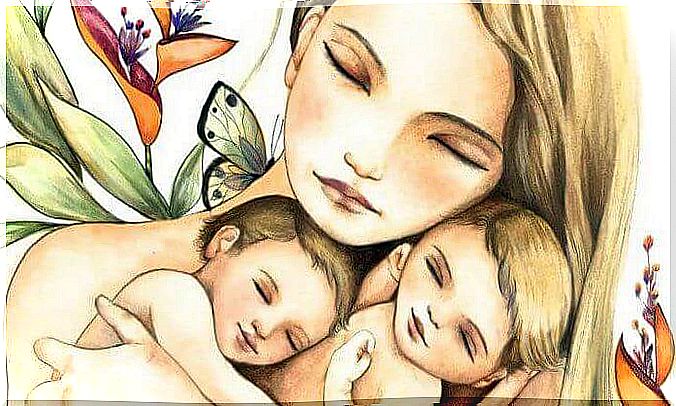
It is vital that we do not give our children contradictory messages when we communicate with them. For example, telling your child that it does not matter that he or she goes and spends time with the father, while you then stop hugging the child. This is a double message. These verbal and non-verbal messages will have a major negative impact on the child.
The child will experience that he or she is doing something wrong, but does not know what. The reason for this is that it is the adult who causes the emotional conflict. This type of dynamic is very detrimental to children’s mental health.
It would have been best if the parents stayed together forever, but if both the parents and the family in general suffer, and if the relationship is destructive, then it may be best to separate.
When you feel bad about being together, you should sometimes start thinking about divorce or family therapy. However, being separated does not mean that you have no obligations to the child, or that you have the right to use the child as a weapon against the other parent.
Divorce occurs between parents, and they must behave in a courageous way to try to deal with the conflicts that may arise without involving the children, because children do not differ.
Children and teenagers need support from the adults to be able to feel safe and cared for. It is the parents’ responsibility to give them this stability. If one or both of the parents are unable to handle the process, you should consult a psychologist for advice on how to do it.
A therapist can help you deal with your emotions, deal with conflicts, make decisions, deal with responsibilities and seek support, etc. This person will help you close a door in your life and help you face the future. The way we handle conflicts will determine whether they become constructive or negative, which is very important when there are children in the picture.

